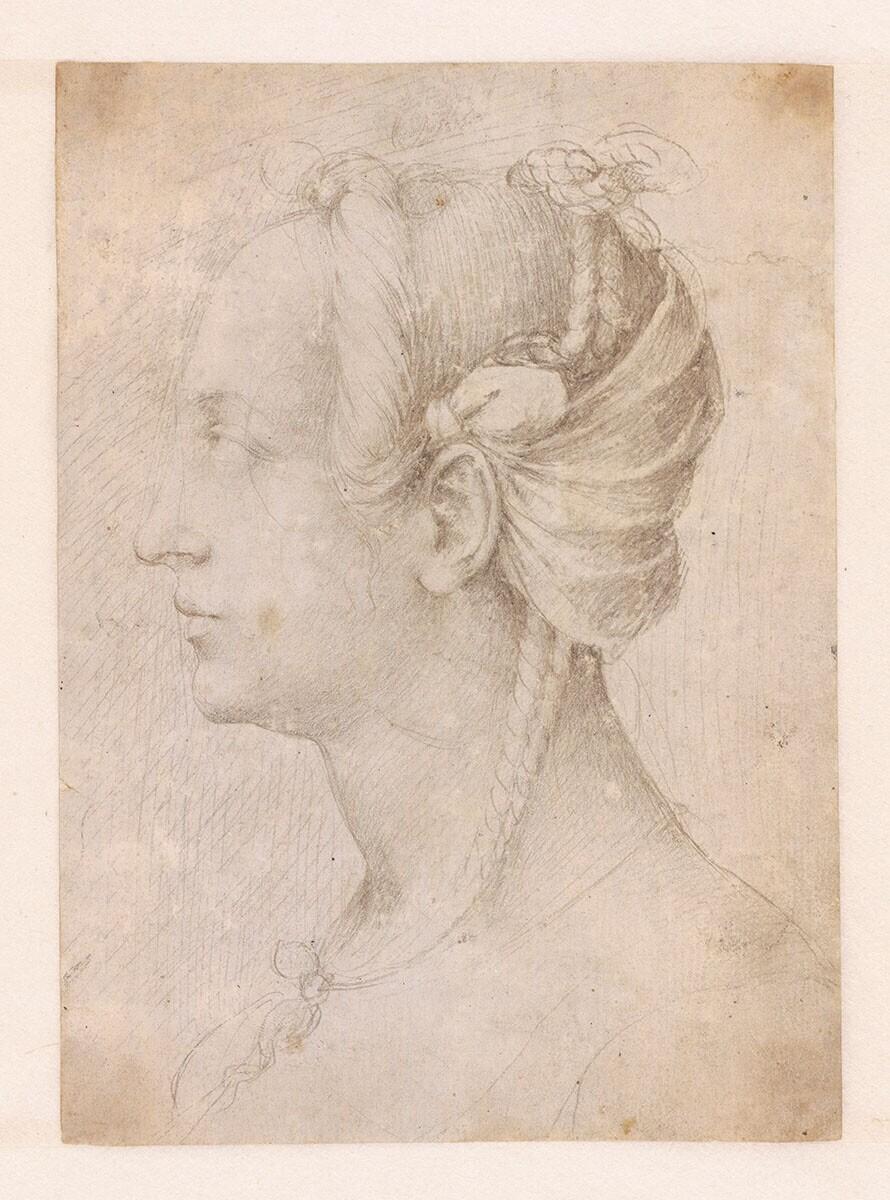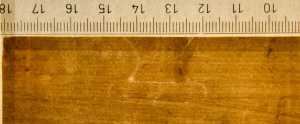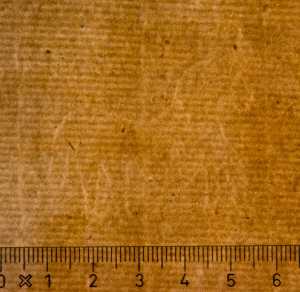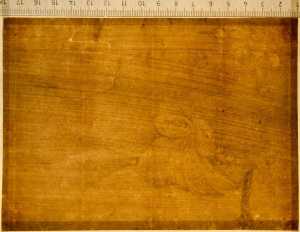Specifications
| Title | Head of a Woman with an Elaborate Headdress |
|---|---|
| Material and technique | Metalpoint on white prepared paper |
| Object type |
Drawing
> Two-dimensional object
> Art object
|
| Location | This object is in storage |
| Dimensions |
Height 169 mm Width 123 mm |
|---|---|
| Artists |
Draughtsman:
Anoniem
Previously attributed: Michelangelo Buonarroti |
| Accession number | DN 110/7 (PK) |
| Credits | Gift Dr A.J. Domela Nieuwenhuis, 1923 |
| Department | Drawings & Prints |
| Acquisition date | 1923 |
| Creation date | in circa 1490-1540 |
| Collector | Collector / Adriaan Domela Nieuwenhuis |
| Mark | A.J. Domela Nieuwenhuis (L.356b) twice on removed backing sheet |
| Provenance | George Skene of Skene (1749-1825), Edinburgh; by descent; Skene sale, London (Sotheby, Wilkinson & Hodge), 28.04.1898, lot 114 (as ‘Italian, A similar drawing of a Lady, with a veil’, sold to Colnaghi for £ …); P. & D. Colnaghi & Co., London; Edward Habich (1818-1901), Kassel; his sale, Stuttgart (H.G. Gutekunst), 27-30.04.1899, lot 19 (as ‘Italian, Weiblicher Kopf nach links, das Haar mit einem Schleier umwickelt. H. 17 cm, B. 12,5 cm’, sold to Gutekunst for RM 240); Dr. Adriaan J. Domela Nieuwenhuis (1850-1935, L.356b), Munich/Rotterdam, donated with his collection in 1923 (Anonymous Italian) |
| Exhibitions | none |
| Research |
Show research Italian Drawings 1400-1600 |
| Literature | none |
| Material | |
| Object | |
| Technique |
Prepare
> Prepared
> Shaping techniques
> General technique
> Technique
> Material and technique
Prepare
> Prepared
> Shaping techniques
> General technique
> Technique
> Material and technique
|
| Geographical origin | Italy > Southern Europe > Europe |
Do you have corrections or additional information about this work? Please, send us a message


























